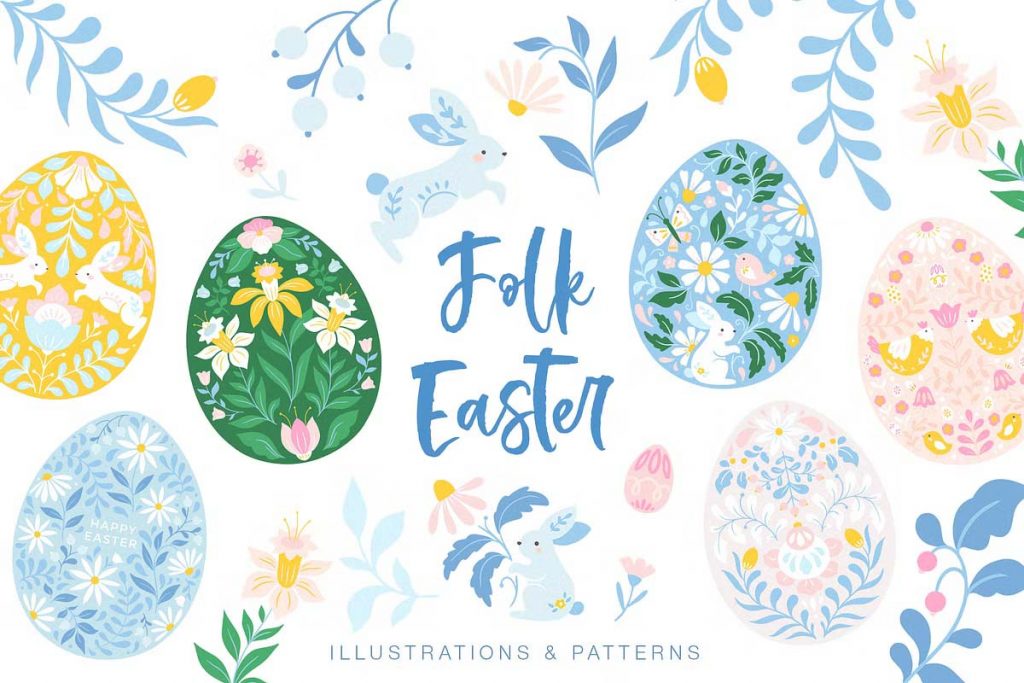Folk art illustrations are a vibrant and enduring form of expression that has transcended generations, cultures, and geographical boundaries. Rooted in tradition and often passed down through families, these illustrations reflect the life, beliefs, and values of the people who create them. Whether on canvas, wood, textiles, or even household items, folk art illustrations capture the essence of a community’s spirit in a way that is both accessible and deeply meaningful.
A Celebration of Cultural Identity
Folk art is intrinsically tied to cultural identity, serving as a visual narrative that tells the stories of a people’s history, customs, and traditions. Each region and community brings its unique flavor to folk art, resulting in a diverse and rich tapestry of styles. For instance, the vibrant, intricate patterns of Indian Madhubani art reflect the deeply spiritual and nature-centric worldview of the Mithila region, while the bold, geometric designs of African tribal art convey the spiritual significance of rituals and social hierarchy.
These illustrations are often created by self-taught artists who draw inspiration from their surroundings, daily life, and local legends. This organic process of creation ensures that folk art remains a living tradition, evolving with each generation while maintaining a strong connection to its roots.
Festive Folk Art Graphic Collection

Folk Art Flowers Illustrations

Big Folky Design Bundle – Patterns

Folk Pattern Illustrations Pack

Folk Art Illustrations & Patterns

Seamless Floral Folk Patterns

Folk Art Easter Illustrations

Folk Illustration Bundle

Vintage Folktales Bundle

43 Folk Floral Shapes

Big Folk Art Illustrations

Folk Flower Floral Art Illustrations

Folklore Charm Digital Papers

Folk Art Scandi Village Backgrounds

The Universal Language of Symbols
One of the most fascinating aspects of folk art illustrations is their use of symbols. These symbols often carry deep meanings, with motifs like the sun, birds, flowers, and animals appearing frequently in various forms. For example, the peacock, a common motif in many cultures, symbolizes beauty, pride, and immortality. The use of such symbols creates a universal language that resonates across cultures, allowing people from different backgrounds to appreciate and connect with the artwork on an emotional level.
Folk art’s reliance on symbols also reflects the communal nature of its creation. Artists often use a shared visual vocabulary to communicate ideas and emotions that are easily understood by members of their community. This shared understanding fosters a sense of belonging and continuity, reinforcing the community’s collective identity.
The Modern Revival of Folk Art Illustrations
In recent years, there has been a resurgence of interest in folk art illustrations, as artists and designers seek to incorporate traditional elements into contemporary work. This revival is fueled by a growing appreciation for the authenticity, simplicity, and emotional depth that folk art embodies. By blending traditional motifs with modern techniques, today’s artists are creating works that are both timeless and relevant.
This renewed interest has also led to the preservation and revitalization of folk art traditions that were once at risk of disappearing. Through workshops, exhibitions, and digital platforms, these age-old practices are being passed on to new generations of artists and enthusiasts, ensuring that the rich legacy of folk art continues to thrive.